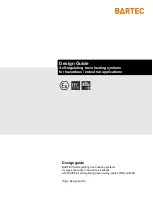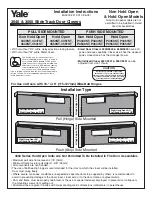
303
Thermo G
3 Description of assemblies and components
3.1.4 Heat protection cover
The heat protection cover is glued to the mixing chamber.
3.1.5 ZF Module with electronic ignition unit
and ionization electrode
The electronic ignition unit induces the high voltage
required for ignition of the gas-air mixture. Ignition is
triggered by a high voltage spark between the two ignition
electrodes.
The ZF module is used simultaneously for monitoring the
flame in the combustion chamber. In principle it is an
ionization flame guard.
As ionization electrode one of the two ignition electrodes
of the ZF module is used. The counter-electrode is the
flame tube, which is connected over a ground terminal to
the housing with the control device.
The burning flame establishes an electrically conductive
connection from the ionization electrode to the flame tube,
and so to the ground potential. This ionization current is
measured in the control device. Thereby, the presence or
absence of a flame can be clearly detected.
The flame monitoring is part of the control.
3.1.6 Flame tube
The flame tube ensures a defined, homogeneous flame
ring in the combustion chamber.
For that, a plurality of outlet openings for the gas-air
mixture across its surface are distributed in a defined
pattern. Each opening acts like a nozzle.
3.2
Combustion chamber
In the combustion chamber the gas-air mixture is burned.
It ensures that the generated during combustion hot
exhaust gases are directed through the fins of the heat
exchanger.
3.3
Heat exchanger
In the heat exchanger, the heat produced by the combus-
tion is transferred to the coolant circuit.
Inside it has circularly arranged fins through which the hot
exhaust gases generated during combustion are led.
In the outer shell flows the water of the coolant circuit
through. There are two welded-on connection pieces, one
for the coolant inlet and one for the coolant outlet.
Heat protection cover
Ignition
Ionization electrode
ZF Module
electrodes
Coolant inlet
Coolant outlet
Exhaust outlet












































